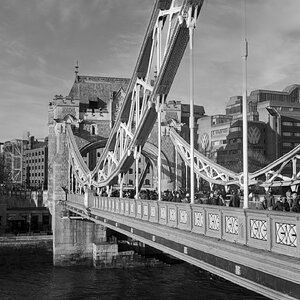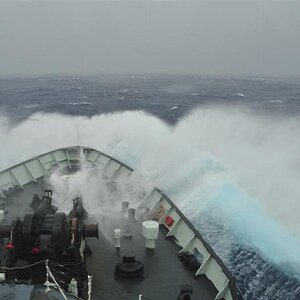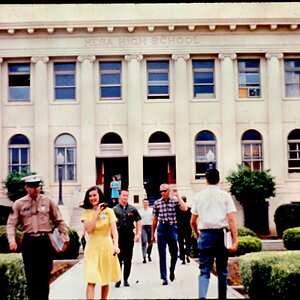quad b
TPF Noob!
- Joined
- May 25, 2006
- Messages
- 221
- Reaction score
- 0
- Location
- Wollongong, NSW
- Can others edit my Photos
- Photos NOT OK to edit
When I bought my ND filter a while ago the salesjerk, I mean salesperson, said that instead of stacking ND filters you could stack two circular polarisers and just rotate them to get different levels of density so to speak.
Now in theory this would work, but I was wonderng if more than one polariser messes about with autofocus?
Or if anyone has tried this method out and how it goes compared to ND filters?
Now in theory this would work, but I was wonderng if more than one polariser messes about with autofocus?
Or if anyone has tried this method out and how it goes compared to ND filters?














